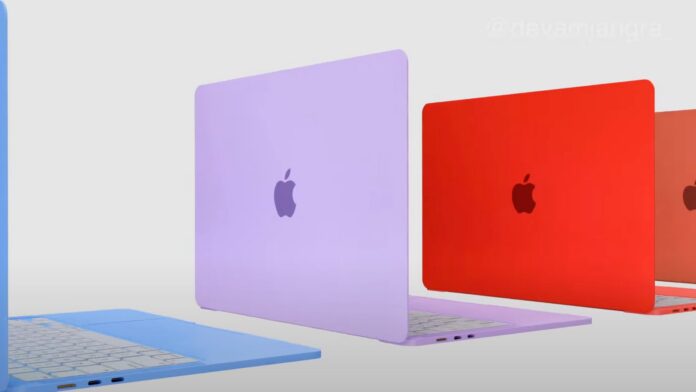In the last few hours, some speculations by Ming-Chi Kuo have cooled the spirits a bit on the next Apple SoC: in a nutshell, the respected analyst believes it likely that the A16 of the next iPhones (perhaps only the two Pro models) will be a very marginal update. compared to the current A15, and that the M2s are still quite distantthus “condemning” the new generation MacBook Air, expected at WWDC 2022, to still use the M1 of the previous model.
Kuo made his predictions by observing the roadmap of TSMC, the Taiwanese foundry that deals with the material production of Apple’s chips. TSMC currently has a 4nm process but it offers no real advantage compared to the better refined version of the 5 nm one, called N5P, already in use for the Apple A15 and M1. The Taiwanese foundry will not inaugurate the N3 and N4P processes (respectively: 3 nm and 4 nm “Plus”) before 2023, so not in time for the new iPhones. The source therefore speculates that Apple will remain on the already well known and tested N5P, the performance and energy efficiency increases will be “limited”, and that the name A16 it will be more a question of marketing than anything else.
For Apple Silicon the matter is even more complicated. It has been rumored several times, and confirmed once again in the past few hours by Mark Gurman’s Bloomberg in its weekly Power On newsletter, which the MacBook Air is the product that is most likely to be shown in a few days at WWDC 2022. It should sport a all new design, more in line with the new iMac and MacBook Pro presented in recent months; and this is what prompts Kuo to believe that they will still be based on M1 chips. The new design should already be enough motivation to entice users to upgrade.
Given the technical limitations of TSMC, in short, Kuo believes that It would not make much sense to present a next-generation Mac chip with marginal improvements over the current one now. It would be better to wait for the 3 nm process, or at most the 4 nm “plus” process, to arrive early next year. Consequently, the new Apple Silicon could be presented with the next MacBook Pros, for example. It should be noted that Gurman in his newsletter also says that he believes it unlikely that Apple’s viewer will already be shown at WWDC, despite traces of realityOS have recently been found: and coincidentally, rumors say that it should be based on a chip derived from M2.













